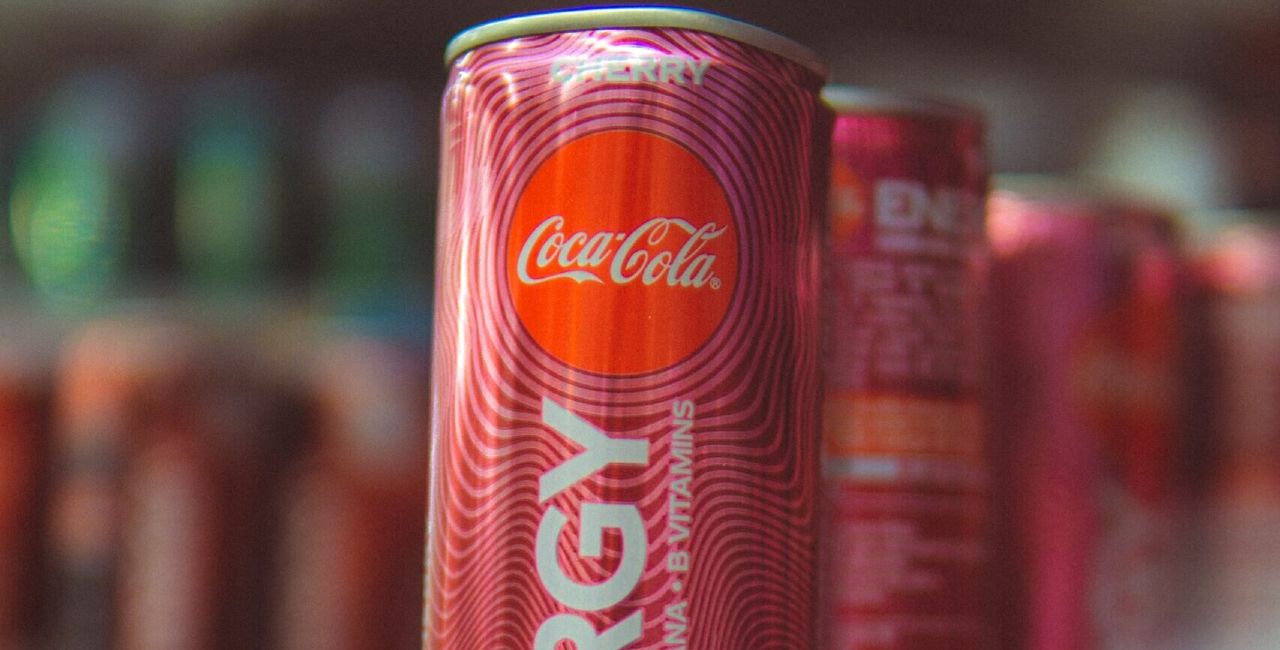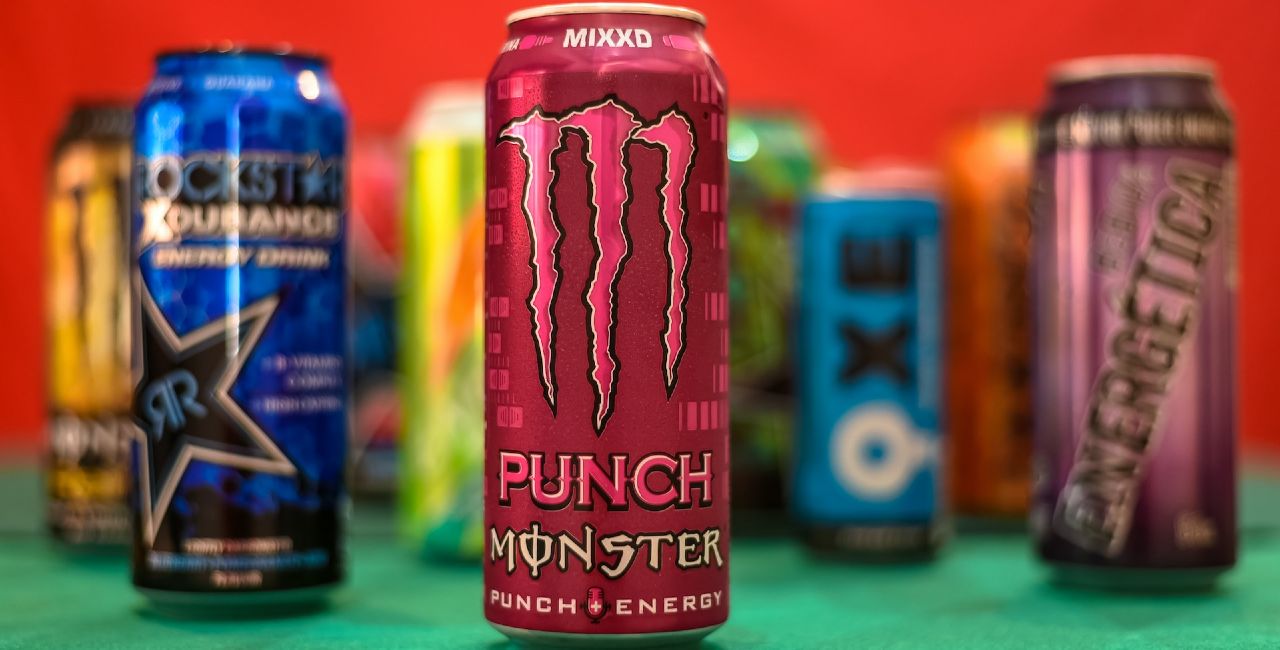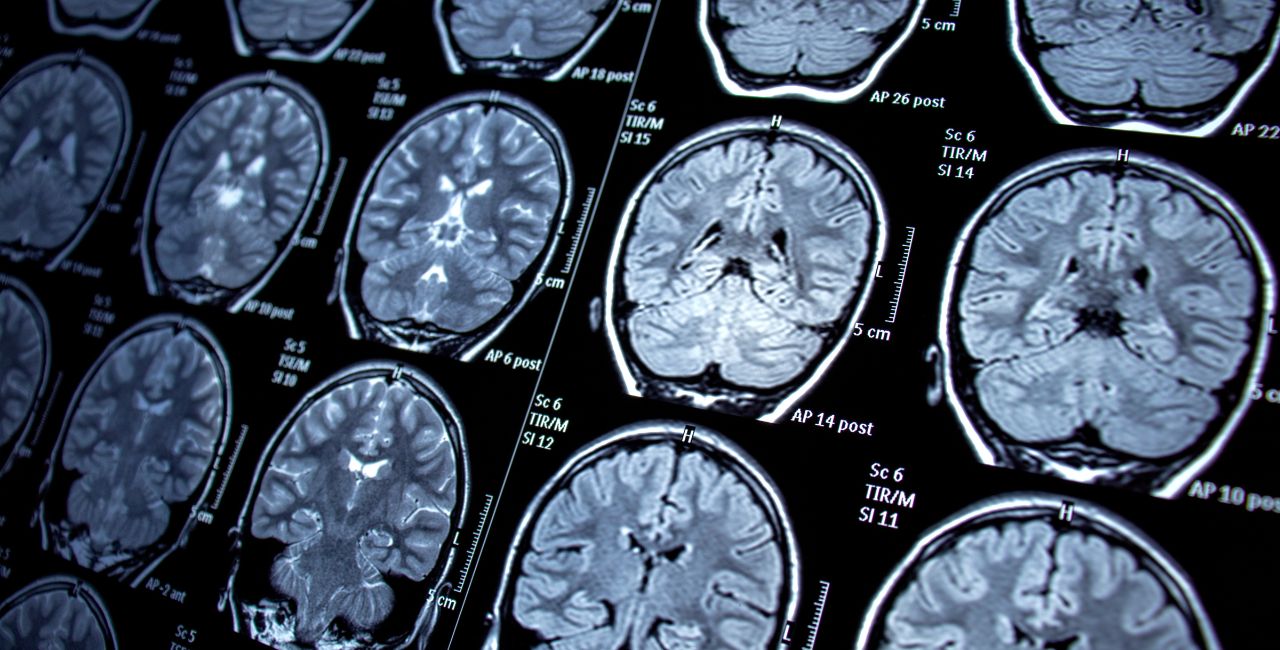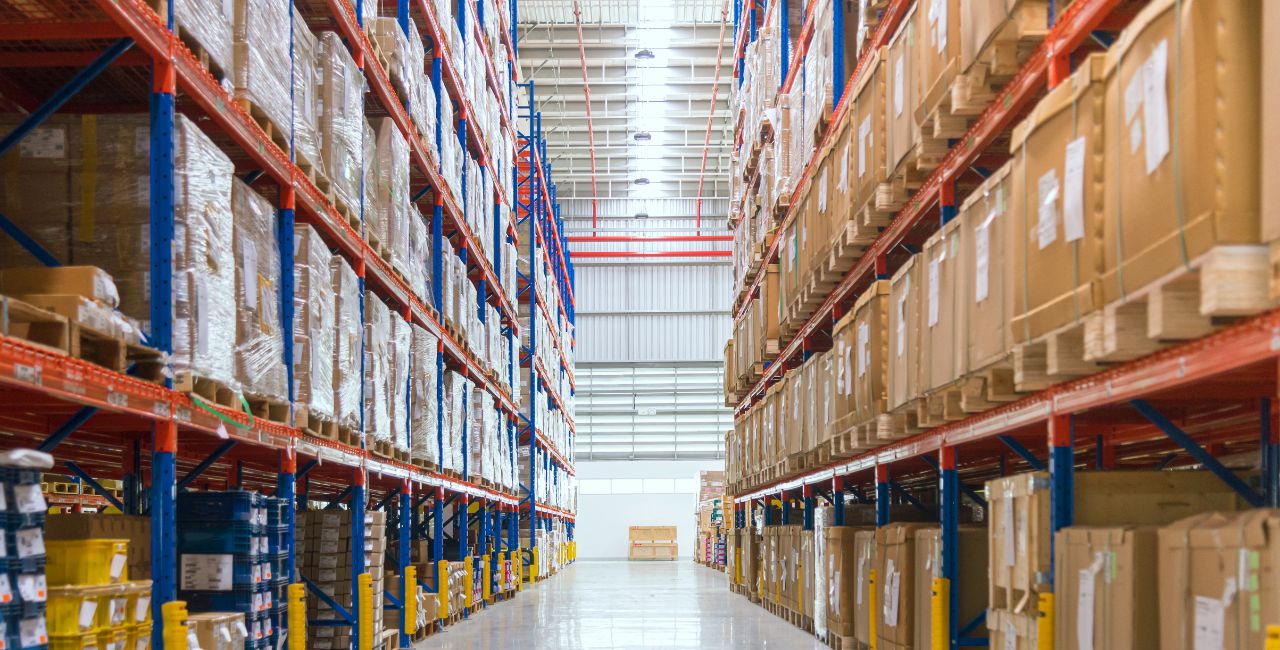The quest for a quick energy boost has led to the meteoric rise of energy drinks in the 21st century. These beverages, often packed with caffeine, have become a staple for many, especially among the younger generation.
People have used caffeine, a stimulant in coffee, tea, and other natural sources, for centuries. Its ability to increase alertness and ward off fatigue has made it the world’s most widely consumed psychoactive substance (NCCIH).
Given, the dose of caffeine in a traditionally brewed cup of coffee is demonstrably different from what’s found in today’s neon-colored energy drinks. How much is too much caffeine? You aren’t the only one with questions. With today’s beverage market pushing the limits of risk, maybe it’s time to consider a new type of stimulant.
How Much is Too Much Caffeine?
For the average adult, consuming up to 400 mg of caffeine daily is generally considered safe. To put this in perspective, that’s roughly equivalent to four cups of brewed coffee or ten cans of cola.
Beyond the general rule of 400 mg a day, there are special considerations for certain demographics. For instance, there are advisories for pregnant women and those trying to conceive to limit their caffeine intake to less than 200 mg daily.
Children and adolescents are another vulnerable group, with health experts like the American Academy of Pediatrics discouraging caffeine and stimulant consumption altogether for this age group.
Now, Compare that to the Caffeine in an Energy Drink

Energy drinks have carved a significant niche in the beverage market, particularly among American teens and young adults.
Next to multivitamins, energy drinks rank as the most popular dietary supplement consumed by this demographic, according to the National Center for Complementary and Integrative Health (NCCIH).
A typical energy drink can contain caffeine levels ranging from 70 to 240 mg for a 16-oz drink. This is significantly higher than the 35 mg found in a 12-oz can of cola or the 100 mg in an 8-oz cup of coffee. More extreme drinks, like Bang, A-Shock, or Redline Xtreme, each contain more than 300 mg per bottle.
There’s also a growing trend of turning to concentrated forms of caffeine. Found in energy shots, capsules, or powders, these more potent forms can easily lead to inadvertent overdosing, posing serious health risks.
In a few extreme cases, powdered caffeine (typically only available via online sources) has even been attributed to consumer deaths. In fact, very recently, Panera Bread had to update its Charged Lemonade labels with a new warning following a lawsuit filed by the family of Sarah Katz, a University of Pennsylvania student who died of cardiac arrest allegedly due to the drink’s high caffeine content.
Is the Energy Drink Industry Overly Caffeinated?
How much is too much caffeine? If you were to ask the energy drink industry, their answer would be much higher than your usual cup of coffee or morning tea.
The surge in energy drink consumption has also meant a surge in concern about daily caffeine intake, especially among adolescents. Between 2007 and 2011, there was a notable doubling in energy drink-related visits to emergency departments (NCCIA).
The risks of too much caffeine magnify when these drinks are combined with alcohol. The NCCIA reports that 25 percent of college students have reported consuming alcohol with energy drinks, leading to significantly more binge-drinking episodes than among those who don’t mix the two.
Excessive caffeine intake, whether from energy drinks or other sources, can manifest in a range of side effects. These include nervousness, insomnia, irritability, palpitations, muscle tremors, and gastrointestinal disturbances. Furthermore, habitual caffeine consumption can lead to both physical and psychological dependence. Abrupt cessation can then result in withdrawal symptoms, further complicating the picture.
While energy drinks can offer a temporary boost, it’s crucial to be aware of their potential risks. As with many things, moderation is key.
Designing Energy Drinks that Do More With Less
With growing concern about the level of caffeine contained in today’s energy drinks, it’s about time the industry develops new formulations, explores new ingredients, and defines a new approach to stimulation in bottle form. Because when it comes to legal stimulants, caffeine is just one piece of the puzzle.
Guarana (Paullinia cupana), yerba maté (Ilex paraguariensis), kola nut (Cola acuminata Cola nitida), and kratom (Mitragyna speciosa korth) are just a few examples of all-natural herbal stimulants with a long history of use in cultures around the world.
These alternatives suggest you can do more with less caffeine, especially when paired with Rexis’ revolutionary technology that’s transforming the delivery of hydrophobic molecules. Improving the formulation at the nanoparticle level means, with the right ingredients, energy drinks can be better for your health.
Are you ready to lead the energy drink revolution? Rexis can help you get there.




